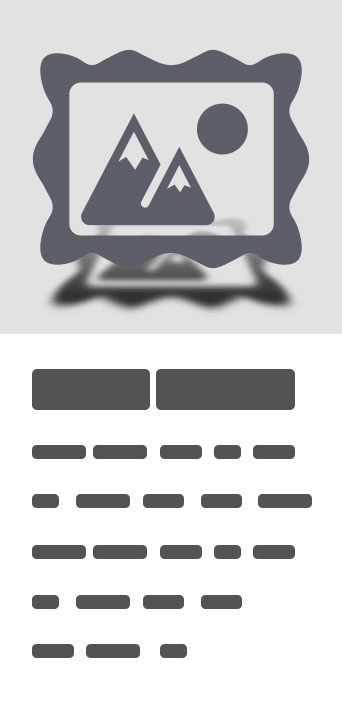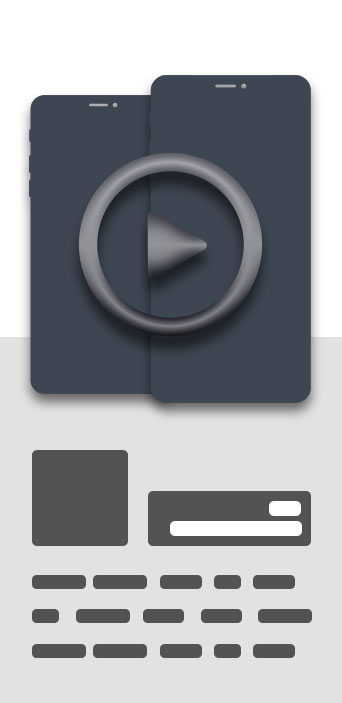Proto - Economy Simulator
NOTES: --A high speed multi-core processor is beneficial






Proto - Economy Simulator
NOTES: --A high speed multi-core processor is beneficial. --Proto is currently available in English. --Now supports large economies and bigger maps that can be scrolled across.--Improved performance on older phones. Proto is a micro-economy simulator that allows you to experiment with inflation, deflation, trading, and taxation. It is a project to develop an idea of an economy engine. The economy is a stable chain reaction of transactions with elements that interact with a set of rules. Actions cascade through the reaction delivering interesting results. Proto is continually developed to be more complex and interesting. The economy consists of three elements: commodities, currency, and traders. Each element can be attributed with one or more of three properties: consumable, transferable, and operator. Commodities are consumable and transferable. Currency is transferable. Traders are operators. In order for the system to operate it must be primed. Each trader starts off with $100. Labor traders also start out with 100 units of labor that can be traded for currency. A preset number of traders are created for each industry. Twenty-one labor traders are included in a fresh economy in order to quickly establish food production. Fewer initial labor traders would cause the economy to take longer to develop, and too few would cause a total collapse and a complete die-off of labor. The prime mover of this micro-economy is the need for the labor traders to buy and consume food. Commodities are produced by traders consuming other commodities. For a commodity to exist, one or more of other commodities must be consumed. Most commodities are produced from the consumption of labor; the exception being labor. The tool commodity can be consumed by the food traders to increase production of food by 2000%. All commodities with the exception of labor and transportation need to be transported by the transportation trader which is represented by the warehouse icon. The following describes the relationships between the commodities:• Labor is produced by consuming food.• Food is produced by consuming labor and more efficiently by also consuming tools.• Tools are produced by consuming labor, coal, and iron.• Coal and iron are produced by consuming labor.• Transportation is produced by consuming labor. Currency is the life-blood of the system. Currency is constantly flowing throughout the economy in somewhat unpredictable ways. A floating equilibrium is established by each trader's competition to maintain a healthy bank balance. Traders act independently from each other; they will only purchase from a trader selling at the lowest price. Traders have a basic sense of the bank balances of other traders and will adjust their greed as a result of that sense. You have the ability to create, destroy, and distribute currency. The master trader is sovereign and is the recipient of all tax revenue. Traders don't have a sense of the master trader's bank balance. The master trader has the ability to buy and sell all commodities except labor and transportation. This sovereign trader represents you and its location on the map is represented by a crown. The system has two modes: standard and supply & demand. The standard mode pricing model places more emphasis on the price of labor. This mode is very stable. Supply & Demand mode is more volatile and interesting.


